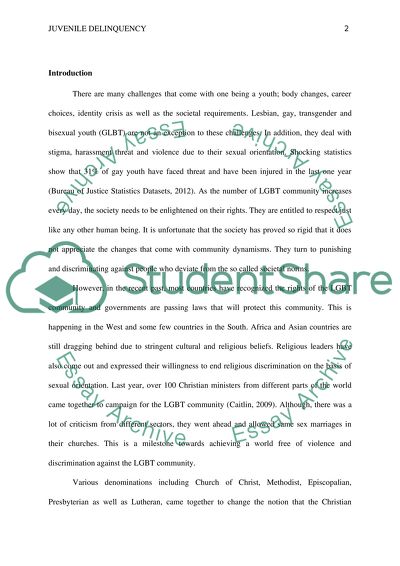Cite this document
(“Juvenile delinquency Research Paper Example | Topics and Well Written Essays - 2750 words”, n.d.)
Retrieved from https://studentshare.org/sociology/1397315-juvenile-delinquency
Retrieved from https://studentshare.org/sociology/1397315-juvenile-delinquency
(Juvenile Delinquency Research Paper Example | Topics and Well Written Essays - 2750 Words)
https://studentshare.org/sociology/1397315-juvenile-delinquency.
https://studentshare.org/sociology/1397315-juvenile-delinquency.
“Juvenile Delinquency Research Paper Example | Topics and Well Written Essays - 2750 Words”, n.d. https://studentshare.org/sociology/1397315-juvenile-delinquency.


